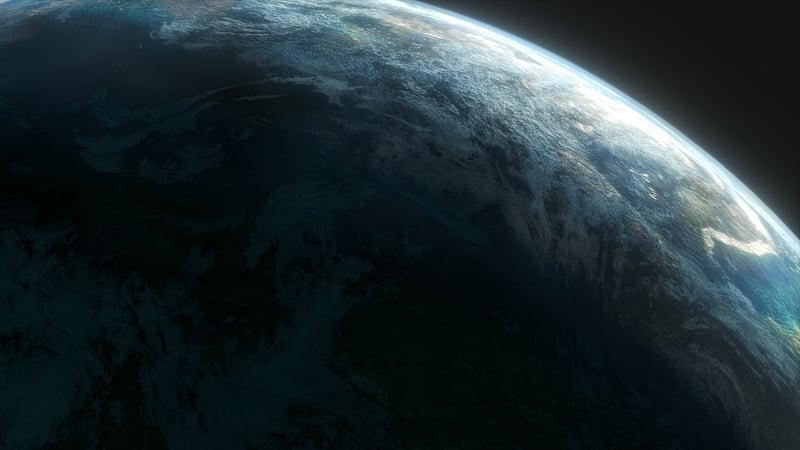Extraterrestrial Atmospheres
Exploring Distant Planets and Extraterrestrial Atmospheres
Humans have always been fascinated by the mysteries of the universe, especially when it comes to exploring distant planets and their extraterrestrial atmospheres. With advancements in technology and space exploration, scientists have been able to gather valuable information about worlds beyond our own.
The Search for Habitable Exoplanets
One of the most intriguing aspects of studying distant planets is the search for habitable exoplanets. These are planets located outside our solar system that have the potential to support life. Scientists use various methods, such as the transit method and radial velocity method, to detect these exoplanets and analyze their atmospheres.

Characteristics of Extraterrestrial Atmospheres
Extraterrestrial atmospheres vary greatly depending on the planet's composition, distance from its star, and other factors. For example, Venus has a thick atmosphere primarily composed of carbon dioxide, leading to a runaway greenhouse effect. In contrast, Mars has a thin atmosphere with traces of carbon dioxide and water vapor.
Exploring Gas Giants
Gas giants like Jupiter and Saturn have atmospheres predominantly made up of hydrogen and helium. These massive planets also exhibit unique weather patterns, such as Jupiter's famous Great Red Spot and Saturn's hexagonal-shaped polar vortex.

Potential for Life Beyond Earth
Studying extraterrestrial atmospheres not only helps us understand the dynamics of other planets but also provides valuable insights into the potential for life beyond Earth. By analyzing the presence of certain molecules like methane or oxygen in an exoplanet's atmosphere, scientists can infer the possibility of biological activity.
